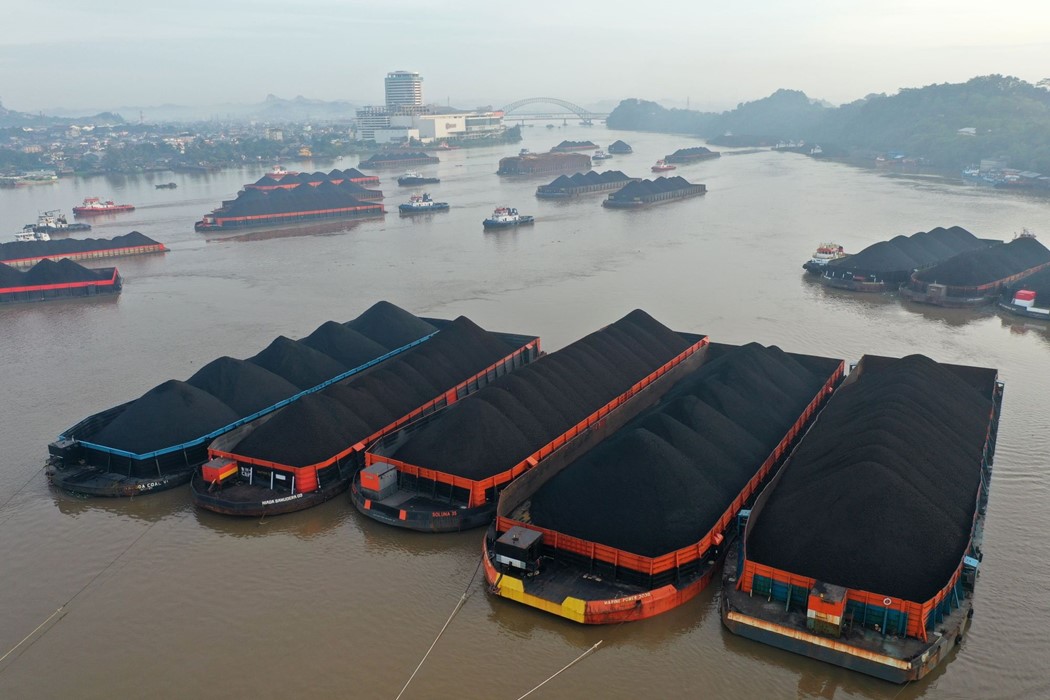
A green future for Indonesia?
Investing in renewable energy is a promising opportunity for a country still highly dependent on coal
By 2025 Indonesia is expected to achieve the use of renewable energy by up to 23% as the national energy source. Investing in green energy sector offers a promising opportunity, considering the demand is predicted to increase by 80% in the next years, along with economic development and population growth.
Being ASEAN’s largest country, Indonesia accounts for 40% of the region’s energy consumption. The energy sector has been identified as the second main contributor of emissions after agriculture: with 8.5 million motor vehicles added to Indonesia’s roads every year, massive energy demands from large industries and heavy reliance on domestic coal, as well as imported petroleum products, Indonesia must step up its renewable energy transition.
Investing in green economy is an opportunity for Indonesia, whose energy demand is set to grow by 80 per cent, in step with rapid economic development and population growth.
Currently, Indonesia’s renewable energy contribution is holding at 12%, while 88% of the national power capacity is still sourced from fossil fuels. Ernst and Young’s recently published report, Green recovery opportunities in Southeast Asia, Japan, South Korea and Taiwan stated the pandemic has given a unique opportunity to reframe the region’s economic recovery in a sustainable manner.
While the government’s latest national electricity plan (RUPTL) aims to invest more in renewable energy, coal is still projected to be the primary source of power (59.4%) at least until the end of the decade, according to The JakartaPost. That’s why Indonesia’s government has decided to impose a ban on coal exports to ensure sufficient domestic supplies.

indonesia temporarily suspended coal exports to preserve domestic energy needs | Bloomburg Media
Indonesia’s coal retirement program, which will start in 2030 and is due to finish in 2060, expects that subcritical coal-fired power plants, considered as the least efficient coal power generation technology, will be the first in line. However, this isn’t sufficient enough to meet the Global Coal Transition Pledge.
According to GCTP, the coal retirement program should start much earlier, especially considering the market has seen increased volatility in coal supply and demand. These uncertainties continually threaten Indonesian energy security and are also creating tension with several countries, especially Japan.
According to the JakartaPost, despite investments in renewables, coal will continue to be the primary source of energy (59.4%) at least until the end of the decade.
To accelerate the transition, Indonesia must start by phasing out its coal subsidy. Throughout 2016-2017, the government budgeted over US$ 0.7 billion (Rp 9.9 trillion) per year to control the cost of electricity from coal-fired power generation, according to the International Institute for Sustainable Development. The government can shift these funds to directly subsidise and improve the financial capacity of Indonesia’s state-owned electricity company (PT PLN). Renewable energy subsidies such as feed-in-tariffs controlling the cost of power generation could be an alternative and cheaper solution to increase energy capacity from renewable sources.
Renewable energy will mostly come from hydropower and solar power that account for 25.6% and 11.5% of all additional power plants respectively. The aforementioned national electricity plan (RUPTL 2021-2030) has set the target for additional renewable energy capacity to 21 gigawatts (GW), 20% more than the previous plan (RUPTL 2019-2028).

Indonesia is planning to move its capital to Borneo, abandoning Jakarta | Unsplash
To meet this target, the government should simplify business processes, considering the majority of renewable energy projects (56.3%) will rely on private investment.
Financial institutions should work hand in hand with the government to accelerate renewable energy transition. The classification of sustainable economic activities (also known as the “green taxonomy”) issued by the Financial Services Authority (OJK) should be used as a basis to provide incentives for green economy activities. Accelerating the flow of climate funds from the international community could also support the economic feasibility of renewable energy projects.
One of the positive consequences of increasing renewable energy investment is to create new jobs. Mapping human resources, monitoring subsidies to develop employee skills and competencies among small-medium enterprises, start-ups and incubators, can help create new green economy prospects in several regions.
13th May 2022

